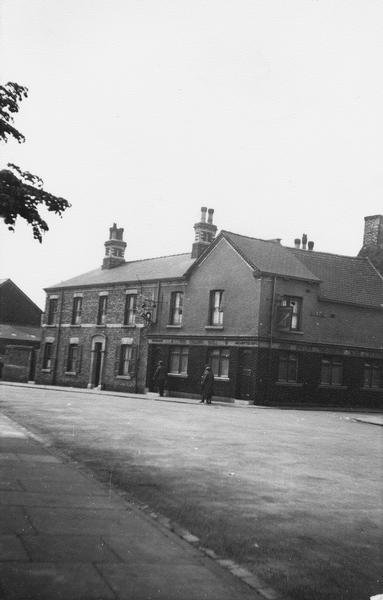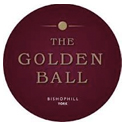The Golden Ball has a full and rich history, dating back to the late 18th or early 19th century. The pub has Grade II Listed status and is valued as a true community hub in the Bishophill area of York.
Mention of The Golden Ball pub first appears in newspapers of 1773. We know that Charles Dickens (b. 1812) frequently visited York to visit his relative who worked on nearby Micklegate. It has been suggested that Mr Micawber is based upon a local character, a Mr Richard Chicken, who lived opposite the pub. It’s possible that Dickens frequently imbibed in The Ball, which is worth thinking about as you sip your pint!
The pub increased in size in 1883 when the old “Jail Lane” was widened to become Cromwell Road. The jail, and gallows, used to be at the bottom of the street at Baile Hill.
John Smith’s
John Smiths acquired the pub in 1902 and in 1929 extensive remodelling was carried out by their in-house architect creating the Golden Ball we see today with its unusual bar-side seating alcove. English Heritage know of no other pub having a similar feature and have given it a Grade II listing citing the Golden Ball as a rare, almost complete surviving example of an inter-war pub. The listing followed a successful application by CAMRA and it features in their National Inventory of Historic Pub Interiors.

Text taken from The English Hertiage Advice Report on designating The Golden Ball as Grade II listed:
‘The Golden Ball is an almost complete surviving example of an inter-war scheme in a small urban pub. Unaltered examples from this period are becoming increasingly rare, and due to their modest nature have often been overlooked in the designation process for more obvious improved public houses.’
‘The Golden Ball is designated Grade II as a largely complete example of an inter-war scheme in a small urban pub designed by Bertram Wilson, in-house architect to John Smith’s of Tadcaster, one of the largest brewers in the country at that time. The unusual plan-form dating back to the 1929 refurbishment incorporates the only known example of a bar side seating alcove, (the snug).’
‘There is a high level of survival of fixtures and fittings relating to the 1920’s scheme, including doors, architraves, terrazzo flooring, back-fitting, hinged counters and sashed screen-work to both ends of the servery, fire surround to the public bar, glazed cream and geometric patterned tile-work to public bar counter front and dado level in entrance lobby and out-sales (jug and bottle).’
‘The use of glazed tile-work externally in the brown glazed brickwork and permanent signage on tiled fascia and internally in the entrance lobby, public bar, and out-sales is both cohesive to the design and representative of the inter-war period.’
The Bishophill Local History Group
The Local History Group have a keen community spirit and have held history talks for local pensioners in the area at The Golden Ball, which were a huge success. Further history talks are planned and anyone who is interested in attending, helping out or contributing can contact the history group or the pub for more details.
The group is hosted by local history expert Colin Hinchcliffe and he can be contacted on colin@empirebooks.com or on 01904 610679. Colin has produced some interesting booklet style copies of the first publication of ‘A HISTORY OF THOMAS COOKE, OPTICAL INSTRUMENT MAKER TO THE WORLD’ which can be purchased for £2.50 with all proceeds going towards pensioners social events. Also for sale at £5.00 each are copies of the 1974 publication of ‘BiSHOPHILL YORK’ by George Place. In addition there are copies of the ‘HISTORICAL MAP OF YORK from 1850’ available to buy.
The photograph above is of the junction of Victor Street and Bishophill Senior/Cromwell Road probably dates from 1935. It shows two men walking past the Golden Ball.
